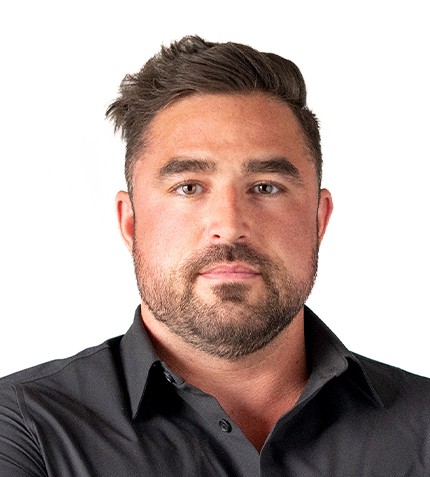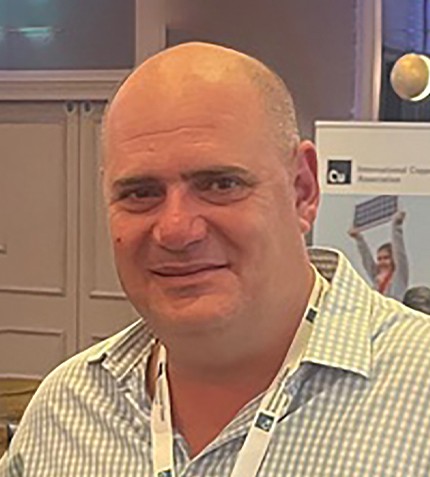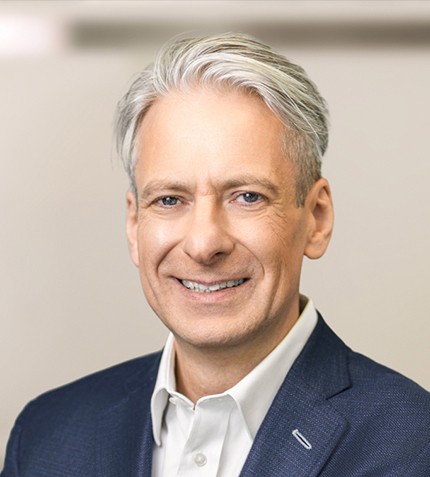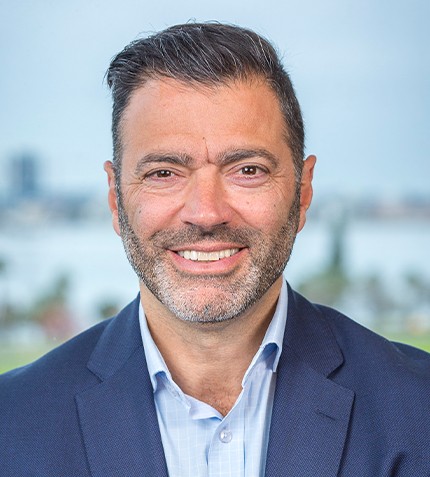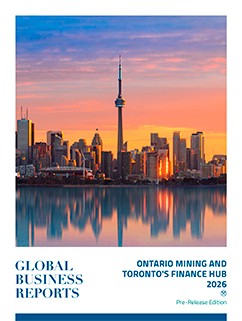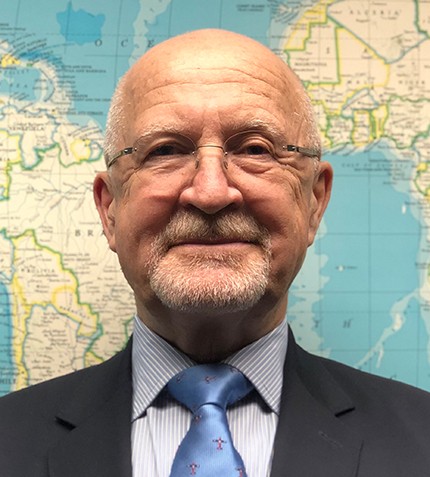
"Our plan is to produce approximately 4.5 million pounds of uranium annually and even at current prices the Dasa project is viable and will provide excellent returns to both the Republic of Niger and our shareholders."
Stephen G. Roman
PRESIDENT & CEO, GLOBAL ATOMIC CORP.
What have been the main milestones achieved by Global Atomic Corporation in the last 12 months?
2020 milestones for Global Atomic (TSX: GLO) have been the completion of engineering and technical studies for the Dasa uranium deposit. In May we published a Preliminary Economic Assessment (PEA) defining a Phase I mine plan for Dasa running an initial 12 years, utilizing a ramp and high grade underground mining. Subsequently, we completed a geotechnical study, a hydrogeological study, an Environmental Impact Study (EIS) as well as a development and operating plan based on the PEA. This package was presented to the Government of Niger on September 28th with our mining aermit Application for the Dasa project. We expect to receive the mining permit during Q1 2021.
What were the main highlights from the PEA released in May 2020?
Our Base Case study was conducted at a conservative price of US$35/lb. The subsequent mine plan confirms an economic operation where we can mine the uranium at an AISC of less than US$19/lb . This puts us at the lowest cost quartile of companies producing uranium. Not many junior developers can claim to have operating costs similar to that of Cameco and Kazatomprom. Additionally, drilling in the area delineated as the Flank Zone resulted in a close-to-surface high-grade uranium discovery. The PEA successfully outlined a low-capex, high-grade asset, with an after-tax NPV of US$211 million and an after-tax IRR of 26.6%, based only on the Phase 1 mine plan. Mining operations will continue for many subsequent years that currently are not factored into our initial economics.
How does Global Atomic plan to finance the mine build?
A Stand-Alone operation is budgeted to cost US$203 million including a 20% contingency factor. We are currently reviewing financing options. An important element of our current financial profile is Global Atomics’ Turkish asset, which provides cash flow and allows us to support debt. We want to avoid equity share dilution and we are looking at different strategies including a phased financing. One lower-cost option would be to deliver Direct Shipping Ore from the Dasa project to Orano Mining's Somaïr facility for processing, prior to building our own processing plant. There is also potential to ship to other plants in our area that may require feedstock. This could be an interim step that would generate cashflow to assist in financing our plant.
Dasa is expected to be in production in 2024. How do you view the outlook for uranium in the years leading up to this?
The outlook for uranium is very positive. The market for uranium is completely different to that of precious metals, as demand is dictated by the nuclear power utilities, and with over 450 reactors operational now and huge growth expected over the next 10 years, the demand for uranium fuel will be enormous. There are 50 nuclear reactors currently under construction! There is a growing supply deficit which is expected to move uranium prices higher about the time we plan on entering production in 2024. Recently, the uranium price has increased due to reduced production and mine closures. There are a number of potential projects around the world, but most require prices to be at least US$60/lb to incentivize production. The Dasa project does not require a high uranium price to be profitable. Our plan is to produce approximately 4.5 million pounds of uranium annually and even at current prices the Dasa project is viable and will provide excellent returns to both the Republic of Niger and our shareholders.
What would you like to achieve with Global Atomic in the next two years?
By the end of 2021, our Turkish operation will retire its project debt and will provide consistent positive cash flow to Global Atomic. During that time we will be progressing the development of the Dasa project in Niger, with a mining permit in hand. We envision to start construction on-site by early 2022. Shipments of Yellowcake should commence during 2024. Our projections for the next two years suggest we are on a solid path towards production.
Do you have a final message for investors?
Global Atomic has a green identity and has been in the business of recycling waste for over a decade, so the company should be in the minds of investors interested in sustainability as an investment strategy.
Global Atomics’ Turkish zinc operations have been profitable since 2009, which underpins the value of the company. Our market capitalization reflects only the value of our zinc operation. The Tier 1 Dasa asset has yet to be valued by the market. As we continue to achieve our published milestones, we expect the tremendous value of this asset will be realized. The Dasa project will provide a reliable source of clean energy fuel, as well as profitability for shareholders and our host country, the Republic of Niger.




